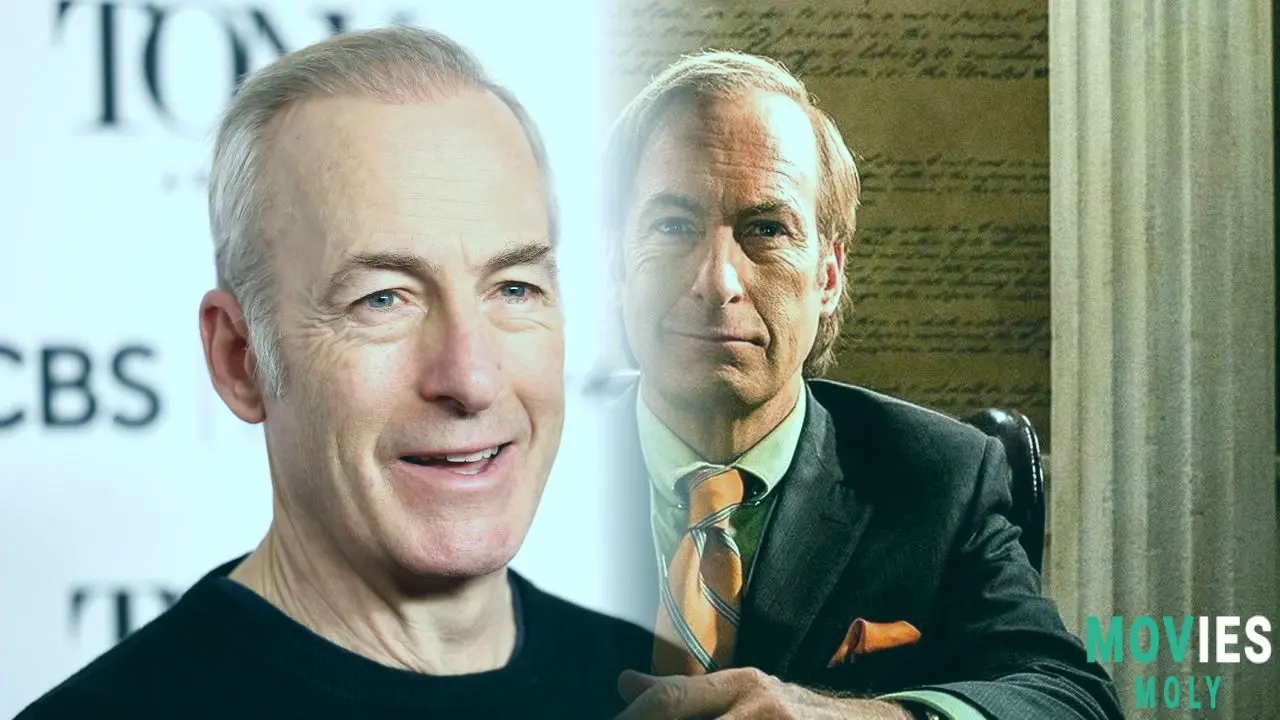Jimmy McGill's metamorphosis into Saul Goodman is one of the most engrossing character changes in television history. From beginning to end, this was pure genius. #BetterCallSaul
Bob Odenkirk has spent more than a decade playing the complicated characters of Jimmy McGill, Saul Goodman, and, finally, Gene Takovic. His role has become famous, imprinted on the imaginations of viewers who followed his journey from struggling lawyer to criminal defense attorney. Now that the program has ended, Odenkirk has shared his thoughts on Saul Goodman's eventual fate, giving fans a final comment on where the character stands following the series conclusion.
During the press tour for his upcoming action film, Nobody 2, Odenkirk discussed Jimmy's time in prison. He believes Jimmy has some clout there because he is a lawyer, can speak with others, and has a good reputation. Odenkirk believes Jimmy is doing as well as anyone in prison.
This insight from Odenkirk provides a fitting conclusion to a series that has continuously pushed the envelope, addressing moral compromise and the search for identity in ways that few shows have. Better Call Saul did more than merely expand on Breaking Bad's universe; it created its own, complete with complex characters and meaningful concepts.
Jimmy McGill's Evolution: From Lawyer to Criminal MastermindBetter Call Saul revolves around Jimmy McGill's transformation into Saul Goodman. The series painstakingly follows his decline, demonstrating how minor ethical compromises snowball into a complete acceptance of a criminal lifestyle. From his early days as "Slippin' Jimmy" pulling con in Cicero, Illinois, to his attempts at real law business, Jimmy was always willing to cut corners and bend regulations. His ambition, along with a profound need for approval and fame, frequently collided with his genuine empathy and desire to help others.
Slippin Jimmy's Early Days
Before becoming Jimmy McGill, Esquire, he was "Slippin' Jimmy," a small-time con artist whose schemes were more devious than malicious. These early experiences, frequently recalled in flashbacks, provided the framework for his subsequent legal maneuvers. They demonstrated a sharp wit and the ability to manipulate situations, qualities that would serve him well—and poorly—in his legal career. Jimmy's connection with his brother, Chuck McGill, a well regarded attorney, was a constant source of inspiration and agony, motivating his efforts to show himself worthy but also pushing him toward his more dishonest tendencies.
Gene Takovic: Life in Omaha.
After the events of Breaking Bad, Jimmy McGill vanishes and reappears as Gene Takovic, a Cinnabon manager in Omaha. This life in black and white contrasts sharply with Saul Goodman's vivid and chaotic world. It's a life of anonymity and sorrow, with the once-flamboyant lawyer relegated to a monotonous routine and always looking over his shoulder. The Gene Takovic timeline serves as a sad coda, revealing the eventual implications of Jimmy's decisions. His eventual decision to confess to his misdeeds, despite having the opportunity to flee, represents a tremendous moment of self-acceptance and a start toward redemption, even if it means a lengthy prison sentence.
Kim Wexler: The Moral Compass and Her Tragic Decision
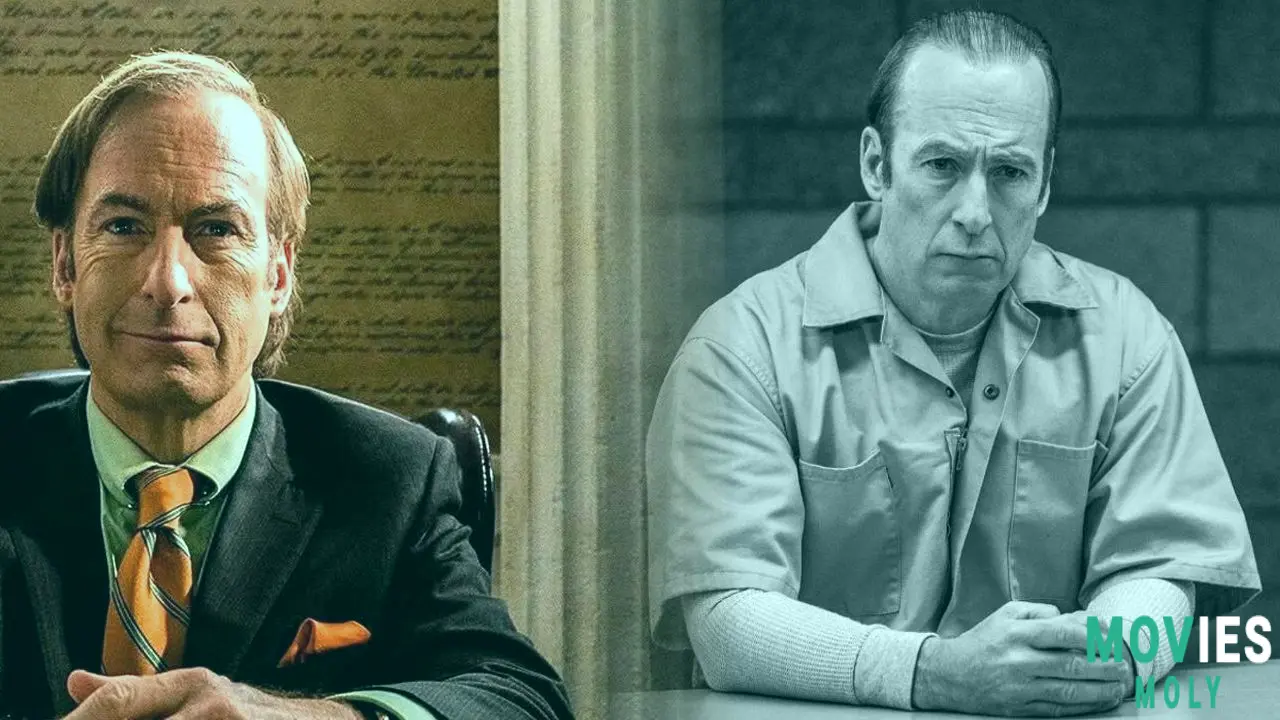
Kim Wexler's storyline in Better Call Saul is a tribute to excellent writing and Rhea Seehorn's outstanding performance. She is the show's central character. #KimWexler
Kim Wexler serves as the moral anchor for most of Better Call Saul. Her story is equally captivating and heartbreaking as Jimmy's, if not more so. Kim, a diligent and ethical lawyer, initially tries to help Jimmy down the correct path. Nonetheless, she finds herself increasingly pulled to his plots, not out of malice, but because of a complex mix of devotion, excitement, and a secret rebellious bent. Her metamorphosis is subtle, a steady burn of ethical decay that eventually leads to disastrous results.
Kim's Influence over Jimmy
Kim's presence in Jimmy's life exerts a constant push and pull. She provides the prospect of a real, fulfilling existence for him. Their shared moments, which frequently involve minor scams and lighthearted deceptions, demonstrate their strong bond and mutual understanding. However, these shared activities blur the lines for Kim, gradually compromising her moral compass. Her desire to protect Jimmy, along with her own frustrations with the inflexible legal system, pushes her down a route she did not plan.
The Mesa Verde Conflict
The Mesa Verde case marks a turning point in Kim's narrative. What begins as a career opportunity turns becomes a moral quandary as Jimmy manipulates the situation to his advantage, drawing Kim deeper into his unethical actions. This conflict, which began as a legal strategy, swiftly becomes a test of Kim's integrity and willingness to compromise her ideals for Jimmy. The aftermath from Mesa Verde, as well as the subsequent targeting of Howard Hamlin, push Kim to the brink, forcing her to confront the actual cost of her engagement in Jimmy's world.
The Cartel's Grip: Mike Ehrmantraut, Gus Fring, and Lalo Salamanca.
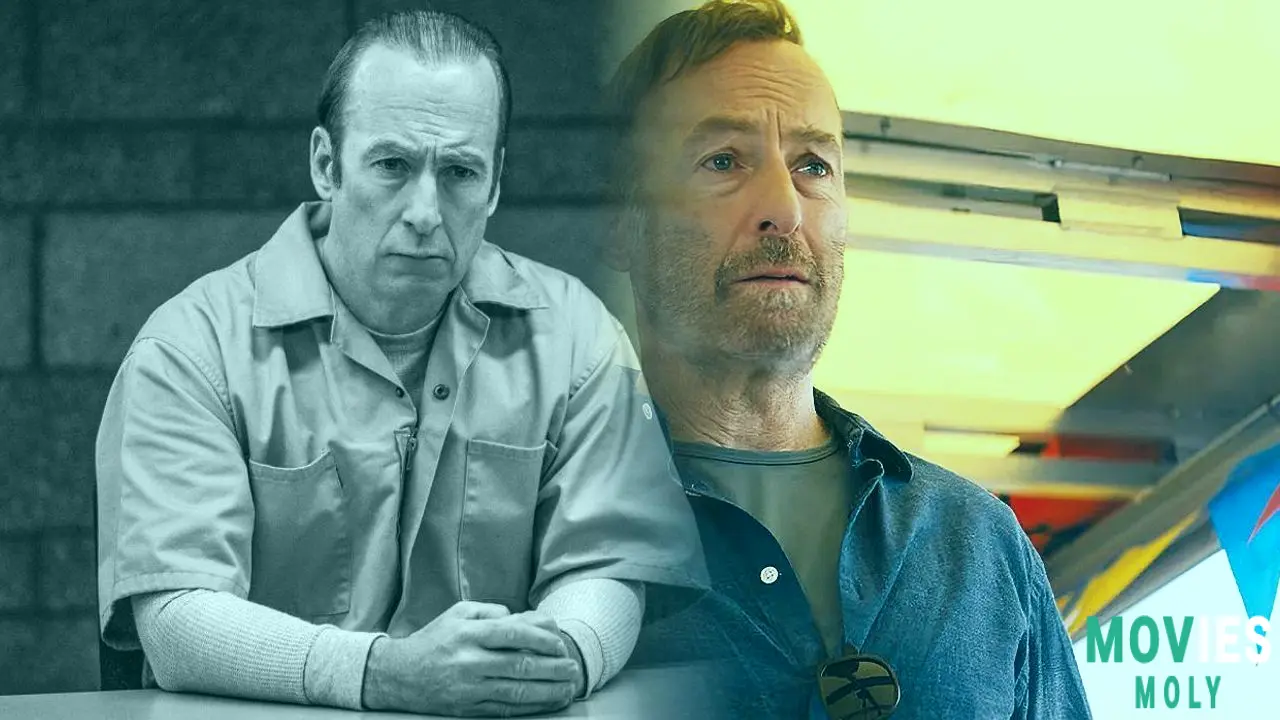
Better Call Saul expertly weaves in the criminal underworld, offering crucial backstory for characters from Breaking Bad while also introducing new, formidable personalities. Mike Ehrmantraut, Gus Fring, and Lalo Salamanca are more than just villains; they are multifaceted characters driven by their own rules and objectives, each adding to the show's dark fabric.
Mike Ehrmantraut's moral deterioration is a crucial storyline, tracing his metamorphosis from a principled former cop to a vicious enforcer for Gus Fring. His acts, always motivated by the desire to provide for his granddaughter, illustrate the harsh realities of the criminal world and the hard choices it necessitates.
Gus Fring's empire-building is investigated with terrifying accuracy. The show uncovers the precise planning and cold calculation that underpins both his legal enterprises and his narcotics operation. His feud with the Salamanca family, notably Lalo, drives most of the cartel-related plot, demonstrating his strategic acumen and capacity for severe violence.
Nacho Vargas' Sacrifice
Nacho Varga's tragic arc is among the most upsetting in the series. Caught between the Salamanca cartel's violent demands and Gus Fring's deceptive control, Nacho desperately seeks to escape the life he's fallen into while also defending his innocent father. His commitment and resilience are continually tested, culminating in a tragic sacrifice that emphasizes the show's themes of repercussions and the futility of leaving one's history.
Howard Hamlin's Downfall
Howard Hamlin's demise is the direct result of Jimmy and Kim's plans to undermine his reputation and career. Howard, originally portrayed as an arrogant but eventually nice lawyer, becomes an unknowing victim of their scheme. His sad death at the hands of Lalo Salamanca is a chilling scene that shatters the sense of safety and demonstrates the cartel's terrible reach, even into the ostensibly legal realm of law.
Unpacking the Finale: 'Saul Gone' explained
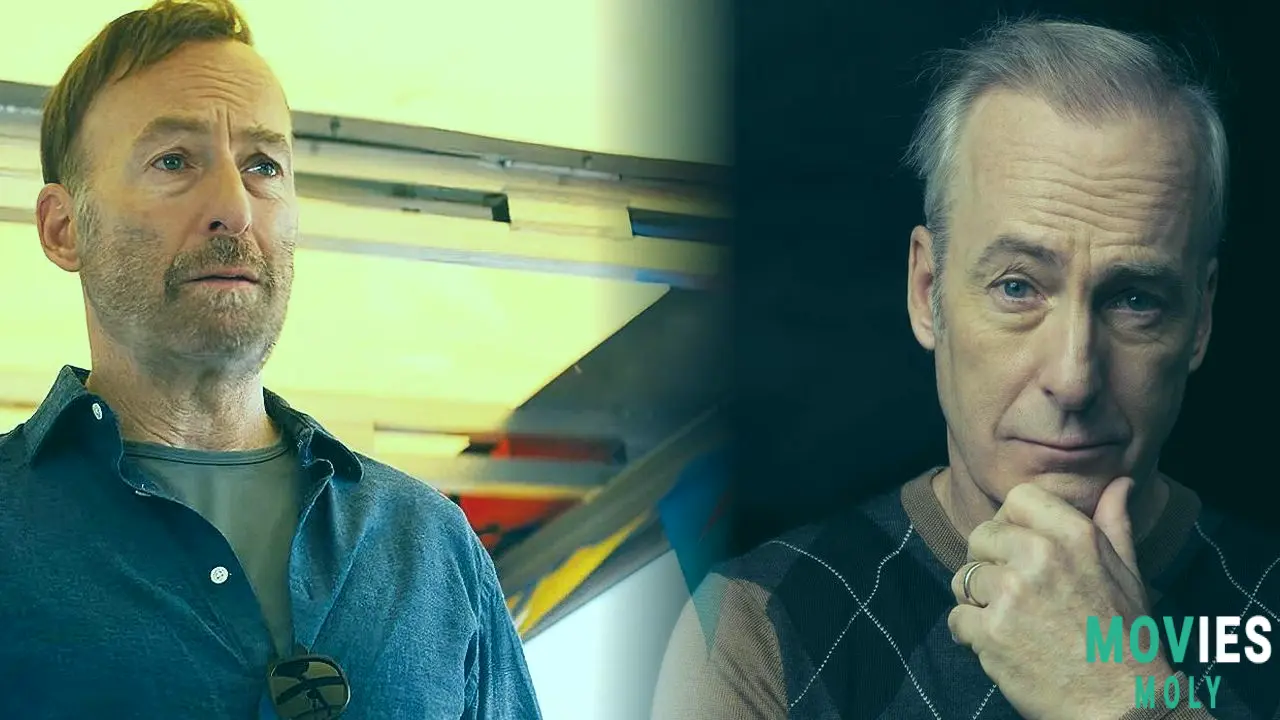
Better Call Saul ended perfectly, with a subtle, emotional redemption that felt earned after years of moral compromise. An appropriate farewell. #SaulGone
The last episode, "Saul Gone," takes Jimmy McGill's journey to a definite and poignant conclusion. Jimmy is eventually apprehended after years of hiding his true identity as Gene Takovic. Faced with a hefty jail sentence, he makes an unexpected decision: he confesses to all of his crimes, not just those for which he has been arrested, but also his whole involvement in Walter White's meth empire and his role in Howard Hamlin's death. This confession, performed in front of Kim Wexler, is a profound act of redemption, discarding the Saul Goodman character and reclaiming a bit of Jimmy McGill's soul.
Symbolism in 'Saul Gone'
"Saul Gone" is loaded in meaning. The return to black and white in the Gene Takovic timeline graphically depicts Jimmy's gloomy, colorless existence, devoid of the vibrancy and thrill of his Saul Goodman days. The closing shot, which depicts Jimmy and Kim having a cigarette in prison, mimics their earlier, more innocent moments, implying that a frail but true bond has been rebuilt. The shadows generated by the prison bars, which earlier indicated Gene's mental imprisonment, now reflect a physical confinement that paradoxically provides him with a sense of freedom through honesty.
Many fan ideas concerning the outcome circulated before to the finale. Some anticipated Kim would die or Jimmy would evade justice totally. Others suspected Kim was secretly collaborating with Jimmy throughout Breaking Bad. Many of these predictions were ultimately rejected by the program, which chose a more character-driven climax centered on Jimmy's emotional state and connection with Kim over a dramatic, exterior escape.
Better Call Saul vs Breaking Bad: A Comparative Masterclass
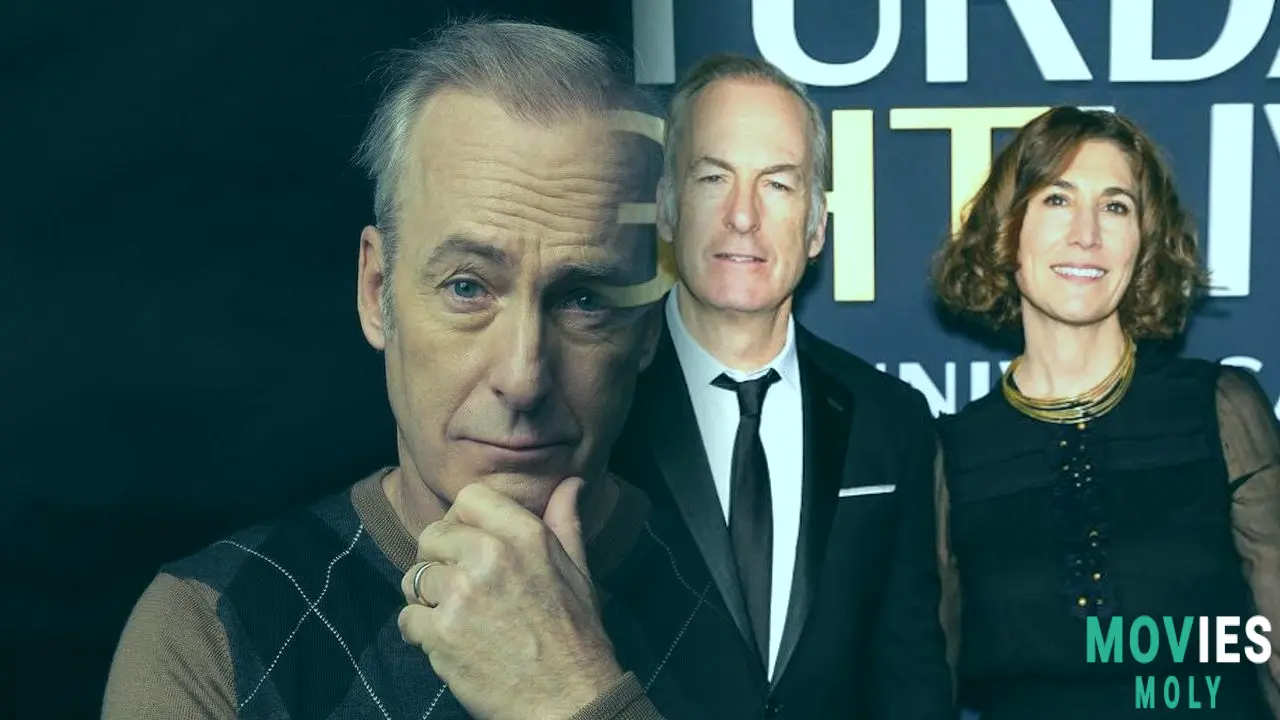
Better Call Saul is more than just a spinoff; it's a masterclass in character development and moral deterioration. A true companion piece to Breaking Bad, frequently outperforming it in subtle brilliance.
The connection between Better Call Saul and Breaking Bad is unavoidable, but the prequel established its own distinct identity. While Breaking Bad was a fast-paced crime thriller about Walter White's transformation into a drug lord, Better Call Saul took a more measured approach. It valued character development and legal drama, allowing scenes to build at a leisurely pace and focusing on the little, critical decisions that form a person's destiny.
This divergence in narrative structure allowed Better Call Saul to delve into its characters in ways that even Breaking Bad couldn't always do. We observe Jimmy's moral deterioration over time, subtle adjustments in Kim's behavior, and rich backstories for characters like as Mike Ehrmantraut and Gus Fring. The prequel structure, rather than being a hindrance, became a strength, bringing levels of meaning and significance to events and characters that viewers were previously familiar with.
Thematic Depth: Justice, Redemption, and Identity in BCS.
Better Call Saul is a comprehensive examination of complex issues. The program is always debating the essence of justice, asking if it is an absolute idea or one that can be bent and manipulated. Legal ethics are a reoccurring theme, since Jimmy's actions frequently cross the boundary of what is permitted, causing characters like Kim to confront their own moral bounds.
Identity is another major subject. Jimmy McGill struggles with who he is and who he wants to be, ultimately leading to his transformation into Saul Goodman and Gene Takovic. The episode looks at how external pressures, personal relationships, and internal impulses influence one's sense of self. Redemption, while not always attained in the traditional sense, remains a strong undercurrent, particularly in Jimmy's last act of confession.
Behind the Scenes: The Making of a TV MasterpieceBetter Call Saul, with its sophisticated plot and superb cinematography, set a new bar for television drama. It's a show worth watching again and again. #TVSeries
The high quality of Better Call Saul reflects the rigorous craftsmanship that went into its production. The writing process was collaborative, with showrunners Vince Gilligan and Peter Gould directing a team that broke down tales using index cards to illustrate each beat and character arc.
Cinematography and Visual storytelling
Better Call Saul's cinematography is often regarded as unique in style. Cinematographers such as Arthur Albert and Marshall Adams developed a style that combined inspirations from film noir, traditional Westerns, and even European cinema, such as Bernardo Bertolucci's The Conformist. The show regularly used wide shots to represent the immense New Mexico terrain, and also framed characters in unorthodox or asymmetrical ways to convey their emotional feelings. Stylized lighting, with a strong contrast between light and shadow, created mood and highlighted the characters' moral issues. The visual storytelling often conveyed as much as the conversation, making the show visually appealing.
Dave Porter's music contributed significantly to the show's ambiance. Porter developed a distinct musical identity for Better Call Saul that stood out from Breaking Bad while still fitting into the milieu. The score emphasized the emotional beats and increased the suspense, becoming an integral element of the viewing experience.
The enduring legacy and critical acclaim of Better Call SaulBetter Call Saul has received widespread critical praise over its six seasons. Rotten Tomatoes consistently gave the show a high "Fresh" rating, with most seasons scoring 97% or higher. Critics generally regarded it as a good successor to Breaking Bad, with some even saying that it outperformed its predecessor in important ways.
Despite tremendous acclaim, Better Call Saul has an unusual track record: it was nominated for 53 Primetime Emmy Awards but did not win any. While this may appear to be a snub, many fans and critics believe that the show's excellence speaks for itself, independent of prizes. It also received numerous accolades, including five American Film Institute awards for Television Program of the Year.
Fan Theories That Come True
The show's sophisticated storyline and long-form storytelling sparked numerous fan theories. While many predictions did not come true, some were astonishingly precise. For example, the common belief that Jimmy would wind up in prison, presumably to save Kim, was mostly realized in the finale. The show's makers frequently relished engaging with these notions, sometimes even jokingly debunking them, leaving viewers guessing until the conclusion.
The Show's Impact on Popular Culture
Better Call Saul left an unforgettable mark on television. It established that a prequel may not only exist on its own, but also add to and develop the original plot. Its commitment to character development, slow-burn narrative, and visual artistry has set a high standard for contemporary drama. The show's influence can be seen in other series that prioritize character-driven narratives and meticulous visual storytelling. It secured its place as a masterpiece, a testament to the power of thoughtful, deliberate storytelling in the age of fast-paced content.

